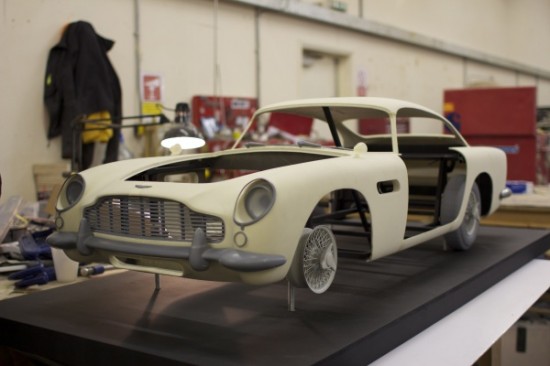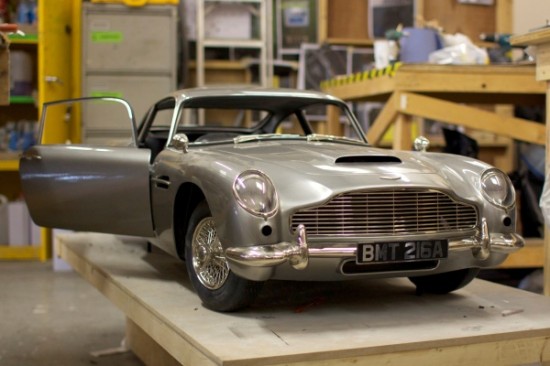Making Of: Learn About The 'Flight' Crash Sequence, 'Skyfall' Car Explosion, And 'Dredd' Mega-City One Creation
Why wait for DVD? The "bonus features" on many older DVD releases (and laserdiscs, for the '90s folks) pale in comparison to some of the effects breakdowns and other filmmaking explanations that are available in video form all over the internet. The entire internet is now a cache of info about the creation of films, even as they're in theaters.
So here are a few choice bits of info. One is an effects overview for Robert Zemeckis' new film, Flight, in which a drunk pilot played by Denzel Washington narrowly pilots a plane away from certain doom. The featurette goes into some of the general effects used for the film, before detailing that crash sequence. You might be surprised at how much practical photography was used to create the views of the inside of the plane during that sequence.
Then there's a piece on Dredd, and just as parts of Flight required extensive digital alteration or augmentation to present the view the filmmakers wanted, Dredd digitally altered the landscape of Johannesburg and Capetown, South Africa to generate the film's sprawling Mega-City One. FInally, get some details on how a real Aston Martin was preserved for Skyfall, even as the filmmakers had a real product to damage.
Here's the rundown on one of the highlights of Flight:
This breakdown of the creation of Mega-City One in Dredd is a little more basic, but it does reveal how a smart use of existing geography can contribute to the creation of a dominating urban mess:
Finally, we don't have video of the way that the effects crew on Skyfall created and then destroyed a replica of a vintage Aston Martin, but we do have some photos and text, courtesy of 3ders.org, via Badass Digest. The site explains how scale versions of the car were created with a 3D printer:
Propshop commissioned us to build three plastic models of the Aston Martin DB5. We could have easily printed the legendary sports car in one piece at a scale of 1:3 using our high-end VX4000 printer, which can build moulds and models in dimensions of up to eight cubic metres. But the British model builders were pursuing a different approach. To ensure that the Aston Martin was as true to detail as possible, and for the purpose of integrating numerous functions into the film models, they decided on an assembly consisting of a total of 18 individual components. The entire body is based on a steel frame, almost identical to how vehicles were assembled in the past," says voxeljet CEO Dr. Ingo Ederer.
Those parts were shipped to Pinewood, assembled, some treated with chrome process, and given bullet holes, and assembled. The site says "after the finishing process, it is impossible to distinguish the Aston Martin models made with the voxeljet printer from the original, even in the close-up shots." It's difficult to verify that, but the end result is certainly impressive:


